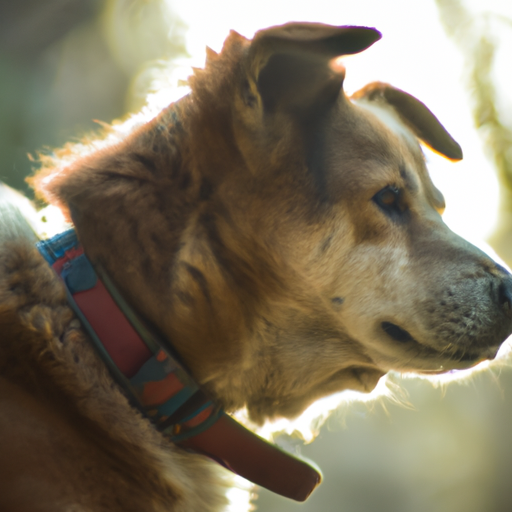Understanding Your Furry Friend’s Facial Features
You might have noticed those long, coarse hairs protruding from your dog’s muzzle, eyebrows, and above their eyes. They are not just random hairs that your dog failed to groom; they serve a purpose. Yes, we are talking about your dog’s whiskers. Let’s find out why they are there and what they do.
The Science Behind Whiskers
The whiskers, or ‘vibrissae,’ as they are scientifically called, are touch-sensitive hairs. They are embedded more deeply in your dog’s skin than their regular fur and have a rich supply of nerves at their base.
A dog’s whiskers can pick up subtle changes in air currents, enabling them to detect nearby objects or movements, even in the dark. They create a kind of protective “buffer zone” and serve as a navigation aid, especially in narrow spaces.
| Whisker Location | Function |
|---|---|
| Muzzle | Detect objects and movements close to the face |
| Above the Eyes | Protect the eyes, trigger blink reflex |
| Lower Legs | Sense changes in terrain |
Whiskers and Emotions
Whiskers also play a role in expressing your dog’s emotions. Just like you, your dog has a unique way of expressing its feelings. When they are relaxed, their whiskers remain in a neutral position. However, when they are aggressive or scared, their whiskers will push forward.
Care for Your Dog’s Whiskers
Now that you know how crucial whiskers are to your dog, it’s vital to take care of them:
- Never trim your dog’s whiskers. Trimming them can disorient your dog and make them feel vulnerable.
- Avoid pulling or playing with their whiskers. Remember, they are highly sensitive.
- Be gentle when grooming around their whiskers.
Frequently Asked Questions
Q: Do whiskers grow back if cut or damaged?
A: Yes, whiskers do grow back, but it takes time and can cause discomfort to your dog during the process.
Q: Can dogs feel pain in their whiskers?
A: Yes, whiskers are highly sensitive to touch. Direct harm to them can cause your dog pain.
Q: Do all breeds of dogs have whiskers?
A: Yes, all dogs have whiskers, irrespective of their breed. The size and density may vary, but they are a universal feature.
Remember, your dog’s whiskers are more than just a cute facial feature; they are a crucial sensory tool that helps your dog interact with the world around them. So the next time you see your furry friend navigating effortlessly even in low light, you know the whiskers are at work.



